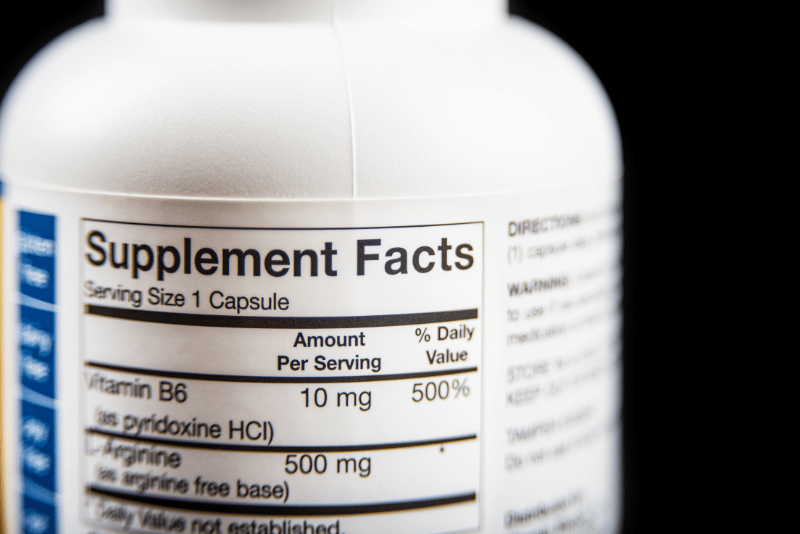You want to make healthy choices. You’re reading labels. You’re trying your best.
But when it comes to supplements, the label might not be telling the whole truth.
Most vitamin and supplement packaging looks clean and professional on the outside—but the fine print often hides a lot more than it reveals.
At The Natural, we believe in radical transparency and clean formulations. So let’s break down what those labels are really saying—and how to choose products that actually support your health, not sabotage it.
1. Fillers, Additives & Artificial Ingredients
Ever turned a bottle over and seen ingredients like:
-
Titanium dioxide
-
Talc
-
Artificial colors (like FD&C Red #40)
-
Magnesium stearate
-
Silicon dioxide
You’re not imagining it—those are common inert fillers and flow agents, used to make machines run more smoothly or keep capsules from sticking together.
But here’s the thing: Your body doesn’t need them. And in some cases, they may interfere with nutrient absorption, trigger inflammation, or irritate sensitive systems.
What to do instead:
Look for supplements with clean, minimal ingredient lists, and avoid anything you wouldn’t put in your smoothie.
2. “Proprietary Blends” – Sounds Fancy, But It's Often a Red Flag
“Proprietary blend” might sound scientific, but in reality, it’s often a way for brands to hide exact dosages of their ingredients.
You’ll see a list of impressive herbs or nutrients—maybe turmeric, ashwagandha, or green tea—but you won’t know if there’s enough of each to make a real impact.
Why that matters: With supplements, dosage = effectiveness.
You might be paying for something that barely registers on the clinical scale.
Look for brands that show every ingredient and its exact amount—so you know you’re getting what you paid for.
3. Low-Quality Nutrient Forms (And Why They’re a Waste)
Here’s one most people don’t realize: not all forms of vitamins and minerals are created equal.
Cheap, poorly absorbed forms are everywhere in the supplement aisle. Here are a few examples to avoid:
-
Magnesium oxide – common but poorly absorbed and can cause GI distress
-
Cyanocobalamin – a synthetic form of B12 that your body has to convert
-
Folic acid – not well tolerated by people with the MTHFR gene variant (which includes up to 40% of the population!)
What to choose instead:
-
Magnesium glycinate or citrate – gentler and more bioavailable
-
Methylcobalamin (B12)
-
Methylfolate (instead of folic acid)
These high-quality forms are more easily recognized and absorbed by your body—leading to real results.
4. Hidden Allergens and Common Irritants
Even in “natural” or “clean” products, you’d be surprised how often allergens sneak in. We see it all the time in mass-market brands.
Common culprits:
-
Gluten
-
Soy
-
Dairy
-
Corn
-
Gelatin from pork or bovine sources
-
Added sugars or flavoring agents
If you have sensitivities (or simply want to avoid unnecessary inflammation), checking for these should be a top priority.
At The Natural, we carefully vet every product to ensure it’s free of common allergens and aligned with a wide range of dietary lifestyles.
Transparency Is a Wellness Essential
We believe that what’s not in your supplement is just as important as what is.
That’s why every product we create or carry at The Natural is:
-
Pharmaceutical-grade and GMP-certified
-
Free of unnecessary fillers, dyes, or proprietary tricks
-
Made with bioavailable, clinically studied ingredients
-
Chosen by real certified nutritionists who care about results
You Shouldn’t Need a Chemistry Degree to Read a Label
Choosing supplements shouldn’t be confusing.
It should be empowering.
Because when you know what to look for, you can skip the hype and get straight to what actually supports your health.

